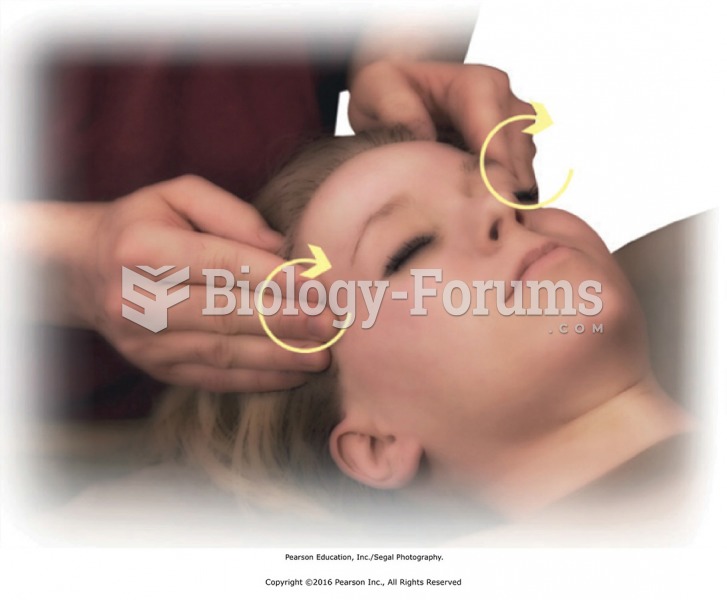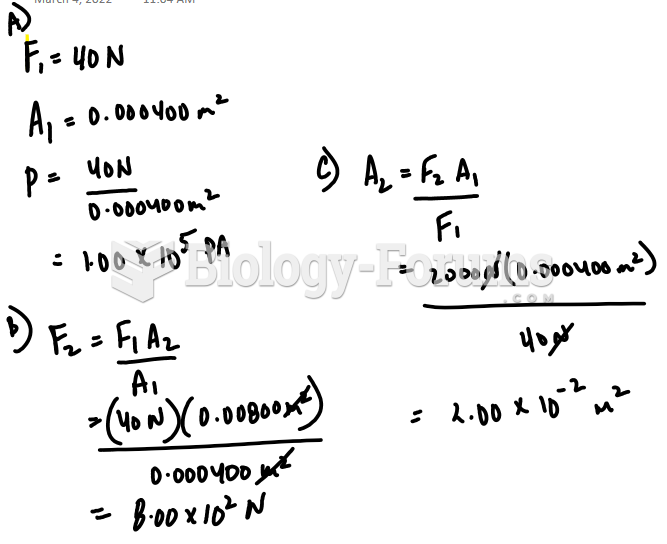Answer to Question 1
D
Answer to Question 2
Investigators at Ohio State University studied the effects of a diet high in fat and cholesterol in rabbits, specifically as it affected the process of atherosclerosis. In humans, this process of cholesterol deposition results in vascular diseases of various types, such as heart attacks and stroke.
Results of this study should have been rather predictable because previous studies supported that a diet high in fat and cholesterol led to atherosclerotic changes in the arterial systems of rabbits. Surprisingly, a certain group of the test rabbits demonstrated atherosclerotic changes that were 60 less than that of the overall group.
The investigators were astonished and could come up with no obvious explanation for this unexpected result. Finally they discovered an unplanned and unexpected variable in the experiment: The rabbits that were affected less severely were those that were fed and cared for by one of the investigators who, during the course of the experiment, regularly took them from their cages and petted, stroked, and talked to them.
Was this mere coincidence? Many scientists would have considered laughable the possibility that rabbithuman interchanges could play a role in atherosclerotic vascular disease. After all, atherosclerotic vascular disease is an objective affair rooted in molecular processes and the battle against it should be fought on the battleground of the cell, not the psycheor so the theory of molecular medicine goes.
To test this coincidence, systematic, controlled studies were designed in which two groups of rabbits again were fed the same diet and were treated identically except that the rabbits in one group were removed from their cages several times a day for petting and were talked to each time by the same person. The result? The rabbits that received affection once again demonstrated a 60 lower incidence of atherosclerosis.
Not content with the possibility of two coincidences, the Ohio State investigators repeated the study. The results were the same. In an unexplained way, the human factor emerged. Touching, petting, handling, and gentle talking were the crucial determinants in the disease process that will affect many of usatherosclerosis. This has wide implication for possibilities with massage and other touch therapies in preventing serious health issues.







